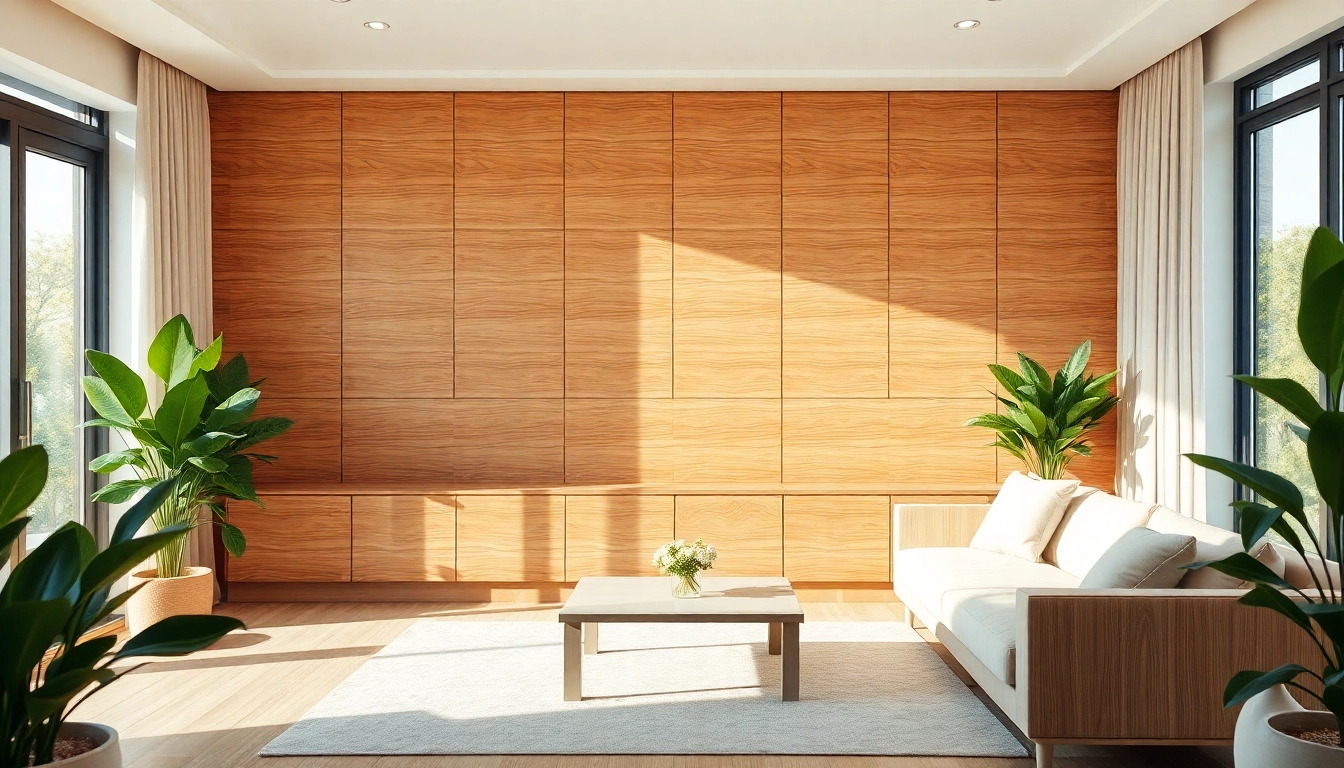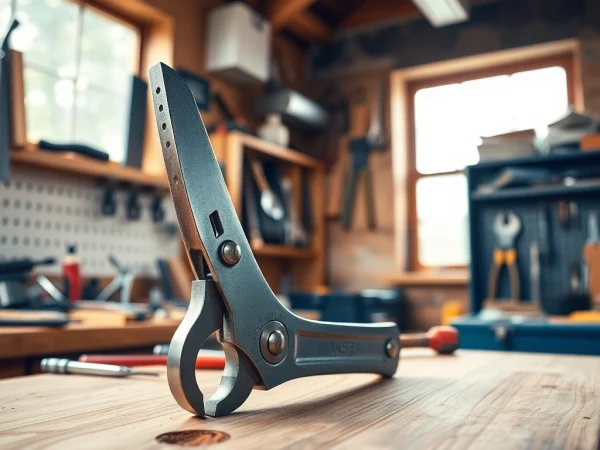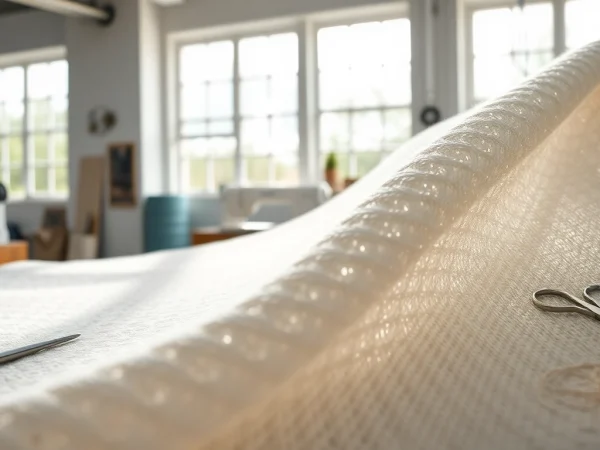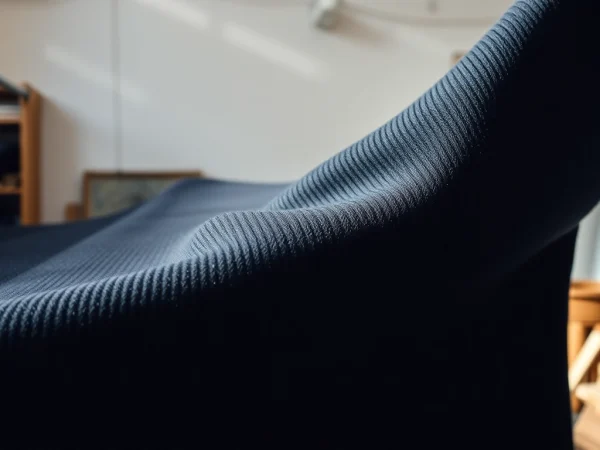Transform Your Space with Unique Hardwood Veneer Panels for a Stylish Décor
Understanding Hardwood Veneer Panels
What Are Hardwood Veneer Panels?
Hardwood veneer panels are thin slices of hardwood that are glued onto core panels (typically made of wood or wood-based products) to produce flat panels such as doors, tops and panels for cabinets, parquet floors, and parts of furniture. These panels maintain the natural beauty and grain appearance of solid hardwood while being more cost-effective and environmentally friendly. The production process involves slicing logs into thin sheets, which are then dried and treated to preserve their integrity and features. This method not only enhances the aesthetic appeal of surfaces but also provides greater stability compared to solid wood. You can find a range of high-quality hardwood veneer panels to suit various design needs.
Benefits of Using Hardwood Veneer Panels
Hardwood veneer panels offer several significant benefits that enhance both aesthetic and practical aspects of interior design:
- Cost-Effectiveness: Using hardwood veneer is often cheaper than using solid hardwood. It allows designers and homeowners to achieve the luxurious look of real wood without the hefty price tag.
- Less Environmental Impact: Hardwood veneer panels maximize the use of precious timber resources. Because they are made from thin slices of wood, they require less overall lumber than solid wood products, thus supporting sustainable practices.
- Stability: Veneer panels are less likely to warp or crack than solid wood, making them ideal for a variety of climates and conditions.
- Variety in Design: Available in many wood species and finishes, hardwood veneer panels can be matched to almost any interior design scheme, allowing for customization and creativity.
- Versatility: These panels can be used in numerous applications, from wall coverings to furniture surfaces, adding warmth and elegance throughout any space.
Typical Applications for Hardwood Veneer Panels
Hardwood veneer panels are employed in a wide array of applications, each benefiting from their unique properties:
- Furniture: Many high-end furniture pieces utilize hardwood veneer for tabletops, drawers, and cabinetry, achieving an upscale look without substantial weight or cost.
- Wall Paneling: Hardwood veneer can create stunning feature walls that enhance the beauty of residential and commercial interiors.
- Doors: Interior and exterior doors made of hardwood veneer offer a sophisticated finish with excellent durability and stability.
- Cabinets: Kitchen and bathroom cabinetry often features hardwood veneer for its versatility and ease of maintenance.
- Ceilings: Innovative interior design trends incorporate veneered panels in ceiling design, contributing to an inviting atmosphere.
Choosing the Right Hardwood Veneer Panels
Factors to Consider When Selecting Hardwood Veneer Panels
Choosing the right hardwood veneer panels involves careful consideration of several factors:
- Wood Species: Each species not only varies in appearance but also in durability and maintenance needs. Common choices include oak, maple, walnut, and cherry, each providing distinct grains and colors.
- Thickness: Panel thickness can affect both the appearance and durability of the finished product. Thicker veneers can be sanded and refinished more than thinner ones, increasing longevity.
- Core Material: The substrate beneath the veneer affects the overall stability and usability of the panels. Plywood is a popular choice due to its strength and resistance to warping.
- Finish: The type of finish (matte, glossy, or textured) can greatly impact the look and feel of the panels. Selecting the right finish is essential for achieving the desired aesthetic and performance.
- Environmental Certification: Look for panels that are sourced from sustainable forests and carry certifications like FSC (Forest Stewardship Council) to ensure environmentally responsible purchasing.
Styles and Finishes Available in Hardwood Veneer Panels
Hardwood veneer panels can come in a myriad of styles and finishes to fit various design preferences:
- Natural Finishes: Highlighting the wood’s natural beauty, these finishes enhance grain patterns and textures, often using oils or clear coats.
- Stained Finishes: Staining adds color and depth while preserving the texture of the wood. Popular choices include espresso, walnut, and light oak stains.
- Textured Finishes: These finishes alter the surface of the veneer to create a unique tactile experience, often mimicking natural patterns like stone or fabric.
- Glossy Finishes: For a high-shine look, glossy finishes can make spaces feel more modern and open, reflecting light effectively.
- Matte Finishes: Offering a more subdued and contemporary feel, matte finishes can provide rustic charm or understated elegance.
Matching Hardwood Veneer Panels with Your Interior Design
Successfully integrating hardwood veneer panels into your interior design requires thoughtful matching to existing decor elements:
- Color Schemes: Consider how the color of the veneer complements or contrasts with existing paint, furniture, and fixtures. Lighter woods tend to brighten spaces, while darker woods can add richness.
- Textural Balance: Ensure a balance between the textures in a space. Incorporate varying materials (e.g., metals, fabrics) to create a harmonious environment.
- Architectural Features: Match or contrast the veneer with architectural styles present in the space. Traditional designs may call for more ornate veneers, while modern designs might favor clean lines and subtle grains.
- Personal Preference: Ultimately, let your style and preference guide your selection. Choose patterns and textures that resonate with your aesthetic vision.
Installation of Hardwood Veneer Panels
Preparation Steps for Installing Hardwood Veneer Panels
Proper installation begins long before the panels are affixed:
- Surface Preparation: Ensure that the surfaces where the panels will be installed are clean, dry, and smooth. Remove any debris and, if necessary, sand down rough areas.
- Acclimation: Allow the veneer panels to acclimate to the room’s temperature and humidity for 48-72 hours. This step prevents warping post-installation.
- Layout Planning: Before attaching the panels, plan the layout carefully. Consider the direction of the grain and how it will affect the overall aesthetic of the space.
- Gather Tools and Materials: Ensure you have all necessary tools (like a saw, adhesive, clamps, and a utility knife) on hand to streamline the installation process.
Step-by-Step Guide to Installing Hardwood Veneer Panels
The following step-by-step guide outlines the installation process:
- Measure and Cut: Measure the area and cut the veneer panels to fit using a fine-toothed saw to prevent chipping.
- Apply Adhesive: Evenly apply an appropriate adhesive on the back of the veneer and the surface it’s being attached to. Follow manufacturer recommendations.
- Position Panels: Carefully position the panels onto the wall or the substrate. Use a level to ensure they are straight.
- Secure Panels: If necessary, secure the panels further with clamps until the adhesive sets. This can take several hours depending on the glue used.
- Finishing Touches: Once set, inspect for any gaps and fill them with appropriate wood filler. Sand down any rough edges and apply a finish if needed.
Common Mistakes to Avoid When Installing Hardwood Veneer Panels
To ensure the success of your installation, be aware of these common mistakes:
- Ignoring Acclimation: Failing to acclimate your hardwood veneer panels to the environment can lead to warping and separation after installation.
- Poor Surface Preparation: Installation on an uneven or dirty surface can cause the panels to adhere improperly or ultimately fail.
- Excessive Adhesive: Too much adhesive can ooze out and leave unsightly messes, so it’s crucial to apply an even, minimal amount.
- Inaccurate Measurements: Always double-check measurements before cutting. “Measure twice, cut once” is especially true for veneer panels.
- Neglecting Finishing: Not applying a protective finish post-installation can leave the veneer susceptible to damage and stains.
Caring for Your Hardwood Veneer Panels
Cleaning and Maintenance Tips for Hardwood Veneer Panels
To maintain the beauty and integrity of hardwood veneer panels, follow these cleaning tips:
- Dust Regularly: Use a soft, dry cloth to dust surfaces. This prevents the buildup of dirt and grime that can dull the finish.
- Gentle Cleaning Solutions: When deeper cleaning is necessary, use a mild soap or a specialized wood cleaner mixed with water. Avoid harsh chemicals that can damage the finish.
- Avoid Excess Moisture: Excess water can warp or damage veneer. Always use a damp cloth, and immediately dry the surface afterward.
- Cleansing Spills Promptly: Clean any spills as soon as they occur to prevent staining and moisture damage.
Protecting Hardwood Veneer Panels from Damage
Protecting your veneer panels involves preventive measures that can ensure long-term durability:
- Use Coasters and Mats: Place drinking and hot items on coasters or mats to protect against heat and moisture.
- Avoid Sharp Objects: Be cautious with sharp utensils and tools that can scratch and damage the surface.
- Maintain Humidity Levels: Keeping indoor humidity levels between 40-60% helps prevent warping and movement of the wood.
- Use Furniture Pads: To avoid scratches, place felt pads on furniture legs and other contact points.
Long-term Care and Restoration of Hardwood Veneer Panels
Even with proper care, hardwood veneer panels may require long-term maintenance or restoration:
- Refinishing: If the veneer becomes dull or scratched, it may be possible to lightly sand and refinish it. Always follow the manufacturer’s guidelines for refinishing.
- Professional Restoration: For significant damage, enlist the help of a professional who can assess and repair the veneer properly, ensuring it blends seamlessly with the existing surfaces.
- Regular Maintenance Schedule: Establish a routine for cleaning and assessing the condition of your veneer panels to catch issues before they require extensive repairs.
Innovative Uses for Hardwood Veneer Panels
Creative Ideas for Decorative Applications of Hardwood Veneer Panels
Hardwood veneer panels are not just for traditional uses; they can be creatively applied in modern decor:
- Accent Walls: Use panels to create striking accent walls that serve as focal points in living rooms, offices, or dining areas.
- Artistic Installations: Craft wall art or sculptures by layering and arranging veneer panels in unique configurations.
- Custom Furniture: Create bespoke furniture pieces that highlight the beauty of the veneer, from coffee tables to headboards.
- Room Dividers: Panels can be used to build stylish room dividers that combine functionality with aesthetics.
Using Hardwood Veneer Panels in Commercial Spaces
In commercial settings, hardwood veneer panels can elevate the design and customer experience:
- Retail Environments: Use veneer panels for displays and shelving to convey an upscale image and enhance the shopping experience.
- Restaurants and Cafés: Create warm, inviting interiors that promote a comforting atmosphere with the natural appeal of hardwood veneer.
- Office Interiors: Implement veneer walls in conference rooms and reception areas to foster a professional yet welcoming environment.
Trends in Hardwood Veneer Panels for Modern Interiors
The use of hardwood veneer panels continues to evolve with design trends that reflect contemporary tastes:
- Minimalism: The clean lines and natural aesthetics of hardwood veneers align perfectly with minimalist design principles.
- Bold Color Use: Trends are moving toward vibrant stains and finishes that transform traditional wood aesthetics into contemporary appeal.
- Mixing Materials: Combining hardwood veneer with metal, glass, and other textures is becoming a popular design choice for modern interiors.
- Sustainable Choices: The preference for eco-friendly materials is driving the demand for sustainably sourced hardwood veneer panels, making them a go-to choice in design.










